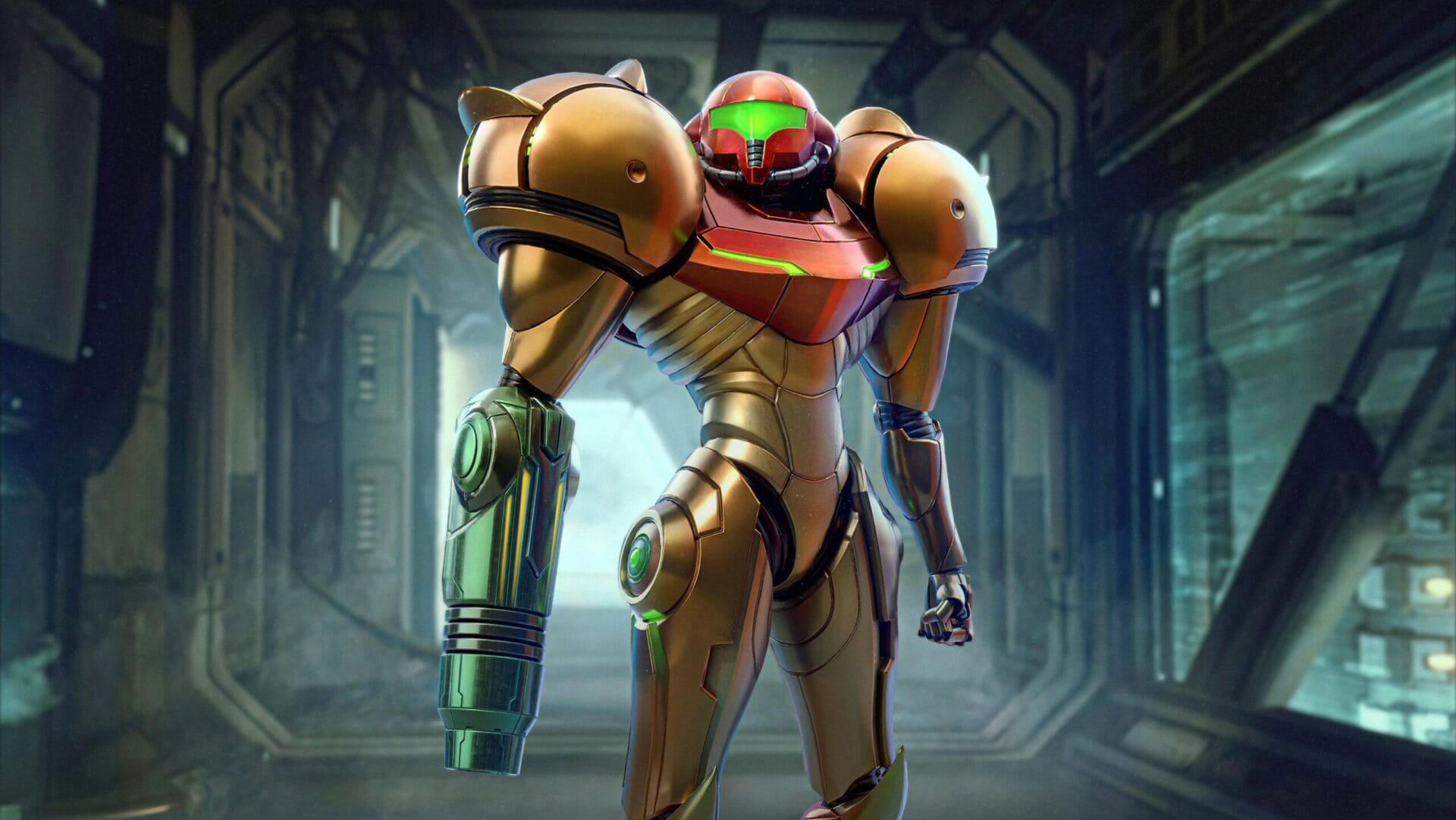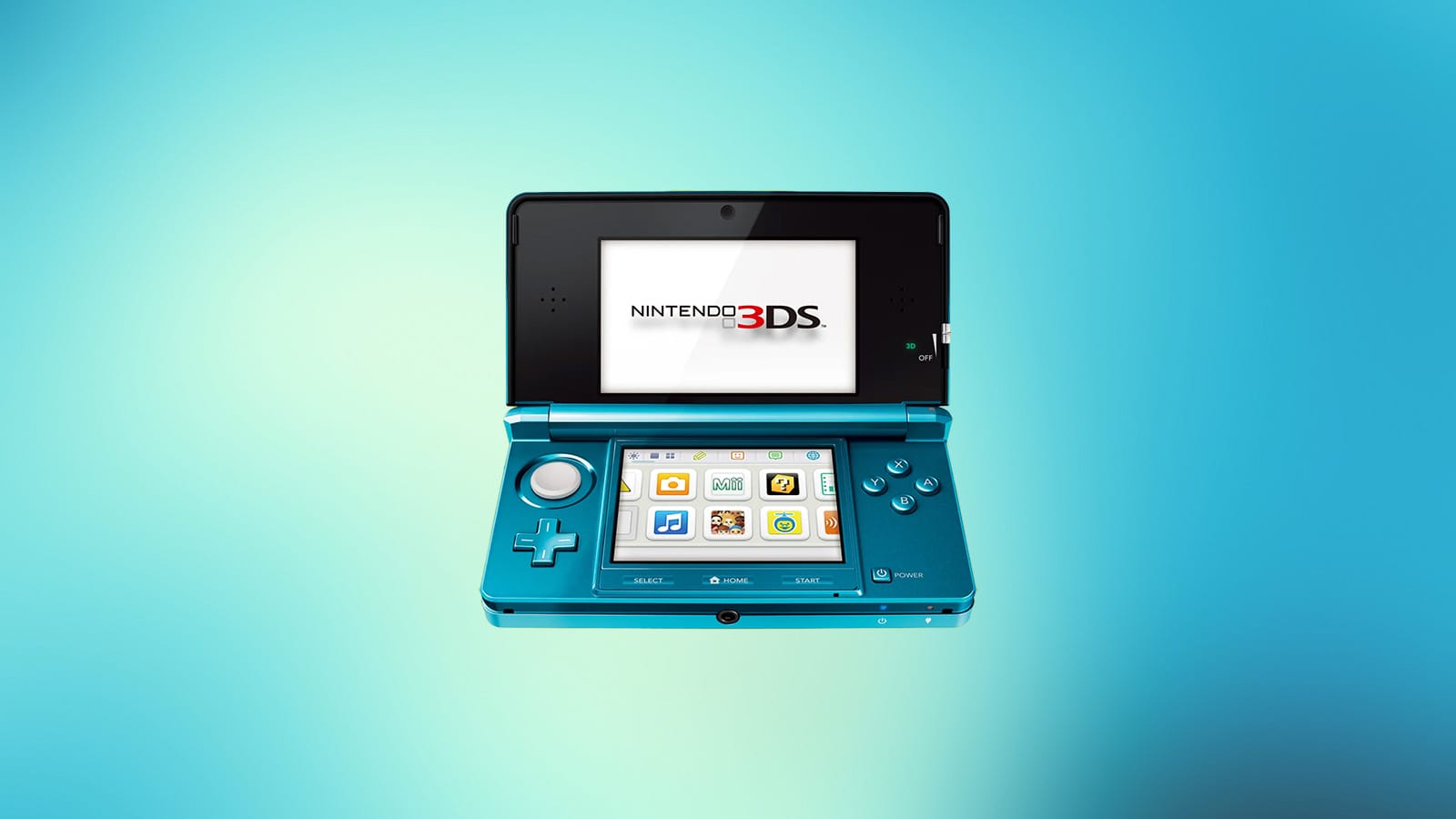Super Metroid set an impossibly high bar back in 1994. It was the kind of game people etched into their personal history. After the credits rolled, fans were glued to the horizon waiting for Samus’s next mission. Then the Nintendo 64 arrived. New worlds. New heroes. Yet no new Metroid. The silence stretched for years, transforming anticipation into mythology.
That massive weight landed on the shoulders of Retro Studios, a newcomer without a legacy to lean on. Expectations weren’t high. They were astronomical. A beloved franchise, a shift into uncharted perspective, and a fanbase armed with nostalgia. What would a 3D Metroid even look like? Could anyone match the atmospheric genius Nintendo had already perfected in two dimensions?
Story Overview
The mission begins with a familiar directive. Samus Aran receives intel about sinister biological experiments tied to the Metroid species, and without hesitation, she rockets toward the source. It’s straight-up classic Metroid storytelling: a lone bounty hunter squaring off against parasitic nightmares that refuse to stay extinct.
Things escalate quickly. After investigating a derelict Space Pirate frigate brimming with malfunctioning security and unstable mutations, Samus is forced to evacuate. A fleeing enemy leads her to the mysterious world of Tallon IV, where she crash-lands and truly begins her hunt. The moment her boots hit the soil, the tone shifts. Thick fog. Ruined architecture. Wildlife that seems just a little too aggressive. Something terrible happened here long before she arrived.
Tallon IV hides a secret infestation. Not just Metroids. Not just Space Pirates. A corrupting, luminous substance known as Phazon has rewritten the planet’s natural order. Samus isn’t just unraveling another alien threat. She’s piecing together a planetary tragedy, one scan at a time, inside a mystery that feels both nostalgic and startlingly modern.
Gameplay
Metroid Prime treats combat like a tactical dance rather than a frantic slugfest. The auto-lock system keeps Samus’s aim steady, allowing you to focus on movement, spacing, and survival. It looks like a shooter from the outside, yet plays like a methodical action-adventure hidden inside a helmet. Strafing becomes your lifeline, jumping your counterattack. The goal isn’t to mow down hordes. It’s to pick your moments with precision.
Things heat up when you start juggling beam types and visor modes mid-fight. Some enemies crumble under the Power Beam. Others demand a charged Wave blast or a quick missile to the face. Switching visors mid-battle feels almost like flipping lenses on a high-tech microscope, revealing weak points and hidden mechanics you’d never notice otherwise.
Then there’s the Morph Ball. The sudden shift from towering armored hunter to tiny rolling sphere turns combat arenas into playgrounds of tunnels and traps. Bomb jumps, tight escapes, sneaky routes. Every tool in Samus’s arsenal has purpose. Nothing exists just to look cool. Metroid Prime rewards players who stay calm, think ahead, and trust their technology. It’s combat with brains wired into its circuitry, never losing sight of the hunter beneath the armor.
Tallon IV isn’t conquered through brute force alone. The planet hides secrets behind clever environmental enigmas that demand you stop, observe, and process. A cracked wall begs for a morph ball detour. Suspicious wiring hints that a power conduit needs a zap. Light patterns across ancient architecture serve as breadcrumbs to the truth. The world is constantly communicating with you, if you’re sharp enough to listen.
Samus’s visor is far more than a stylish HUD; it’s the gateway to truly understanding Tallon IV. Every alien organism, every suspicious device, every ancient inscription can be scanned to reveal what lies beneath the surface. It’s ingenious world-building disguised as a mechanic. Instead of overwhelming players with cutscenes or endless exposition, Metroid Prime lets you pull back the curtain yourself. Curiosity becomes its own reward.
Of course, this brilliant feature comes with a catch. Some doors, bosses, or puzzles demand that you scan very specific objects. Miss the right data and progress halts. The game isn’t afraid to say: pay attention or get lost. That can frustrate anyone who forgets the Prime rule of the visor. The brain does most of the heavy lifting, not just the trigger finger.
Newcomers and returning fans alike benefit from one key approach: staying focused. This isn’t the game you bounce between while juggling three other epic adventures. Step away for a week and returning can feel like deciphering a forgotten alien language all over again. When you keep momentum though, the scanning system transforms into something magical. You aren’t just visiting a planet. You’re studying it, cataloging it, decoding its fall. Every discovery adds to the mystery of Tallon IV, making each new area feel like a deeper descent into the unknown.
Graphics & Sound
Retro Studios squeezed power out of the GameCube like they had secret developer cheat codes. Metroid Prime’s visuals remain astonishingly crisp, especially considering the era. Rain droplets splatter across Samus’s visor. Lava glows with molten intensity. Creepy bioluminescent fauna pulses in the shadows. Tallon IV looks dangerous enough that you can almost smell the alien toxicity in the air. The sheer atmospheric fidelity makes every location feel handcrafted.
The choice to keep the camera locked to Samus’s visor preserves immersion beautifully. The HUD isn’t a simple interface. It is her helmet, complete with reflections, distortions, and subtle warping when energy shields take a hit. The presentation sells the fantasy that you are inside the power suit, not simply controlling it.
Performance stays remarkably steady as you travel from frigid Phendrana Drifts to the fiery depths of Magmoor Caverns, with each biome showcasing unique lighting and environmental complexity. Even today, Prime stands tall as one of the most polished and technically daring games on the system. Retro Studios didn’t just meet expectations. They obliterated them with style.
Atmosphere is Metroid Prime’s secret weapon, and the soundtrack is what elevates that atmosphere into something unforgettable. Composer Kenji Yamamoto infused every zone with a sonic identity. Some tracks whisper eerie ambience with droning synths that make you feel like you’re trespassing in an ancient tomb. Others erupt into pulse-pounding rhythms when the action spikes, syncing your heartbeat to the blaster fire.
While gamers still debate on which Metroid soundtrack reigns supreme, Prime absolutely stands in that top-tier conversation. It’s the rare score that not only enhances gameplay, it defines memory. Hear the chiming echoes of Phendrana Drifts once and you’ll recognize it for life. It’s iconic in a way only the greatest gaming soundtracks achieve.
The audio design goes beyond music too. Weird alien shrieks in the distance, clanging machinery from unseen Pirate labs, and subtle audio cues that guide you toward danger or discovery. Silence becomes a tool, amplifying tension in the way only great sci-fi experiences can. Tallon IV may be hostile ground, yet its soundscape is hypnotic. You want to explore, even if the soundtrack keeps warning you that curiosity comes with risk.
Level Design
At first glance, Tallon IV appears like a series of straightforward pathways, but that’s a clever illusion. The planet slowly reveals its true form: a gigantic, interconnected puzzle box. You push forward, pick up a new suit upgrade, and suddenly doors you passed hours ago start calling your name again. That feeling of doubling back with fresh power never gets old. It’s the gratification loop that defined Metroid in 2D, now seamlessly woven into a 3D world.
Every locked door is a promise. Every strange obstruction is a tease. Metroid Prime invites you to mentally bookmark the environment, transforming the entire map into a playground of possibilities. The Morph Ball, new beams, advanced visors—they all flip yesterday’s dead end into tomorrow’s shortcut.
Environmental storytelling drives it all home. Cracked murals whisper ancient Chozo wisdom. Alien labs littered with Phazon residue hint at disastrous experiments. Wildlife behaviors subtly shift as corruption spreads. Tallon IV feels alive, wounded, and constantly evolving. Exploration isn’t just a gameplay loop. It’s narrative immersion. It’s the sense that the planet itself has a story begging to be uncovered, one meticulously scanned clue at a time.
Boss Battles
Metroid Prime’s bosses are not just big enemies with oversized health bars. They are living puzzles with teeth. Every encounter demands quick thinking as much as quick dodging. One moment you are circling a towering plant-creature that thrives on your missteps. The next, you are trapped in a claustrophobic arena with a parasite mutation that evolves mid-fight. Creature design always pushes you to adapt.
Scanning becomes a tactical weapon in these moments. A quick visor check unlocks crucial intel: elemental weaknesses, behavioral quirks, the key to cracking their defenses. Ignore scanning and you are basically volunteering for a miserable loss. Knowledge saves missiles. Knowledge keeps armor intact.
Boss arenas deliver unforgettable spectacle too. Flying beasts divebomb from above while environmental hazards fill the screen with chaos. Lights flicker. Music erupts into frenetic urgency. Victory doesn’t just feel like progression. It feels like survival. These battles leave marks. You remember the first time the floor crumbled under you in panic or when a sudden mutation turned the fight upside down. It’s that signature Metroid thrill: you walk in scared and walk out legendary.
Final Verdict
Metroid Prime delivered something many thought impossible. A beloved 2D series transformed into a first-person powerhouse, yet still unmistakably Metroid to the core. The sense of isolation, the joy of discovery, the thrill of uncovering hidden upgrades…it all remains intact, only now seen through Samus’s visor rather than over her shoulder. The atmosphere, the bosses, the soundtrack, the world design—it all adds up to a landmark achievement for Nintendo and Retro Studios.
Most importantly, the original GameCube release still hits hard today. Its controls feel sharp. The atmosphere remains unparalleled. The soundtrack continues to haunt. This isn’t just a classic because of nostalgia. It’s a must-play because it still stands toe-to-toe with contemporary games and quietly whispers: “This is how you build a world worth exploring.”
Metroid Prime is one of those rare adventures that welcomes newcomers while still thrilling lifelong fans. If you have never touched a Metroid game before, this is an excellent gateway into Samus’s universe. Even with a few quirks rooted in its era, Metroid Prime stands tall as one of the GameCube’s crown jewels and a critical chapter in Samus’s legacy.
Verdict
Metroid Prime
Great








